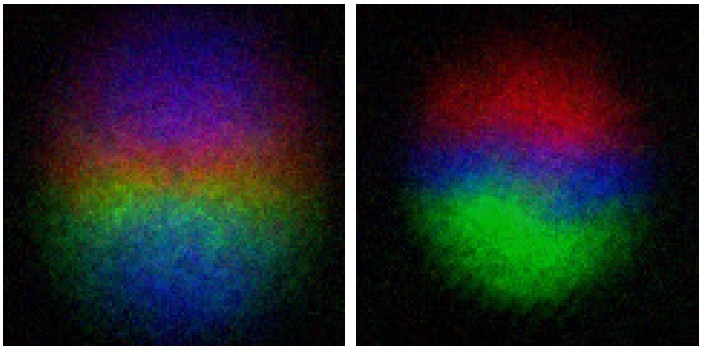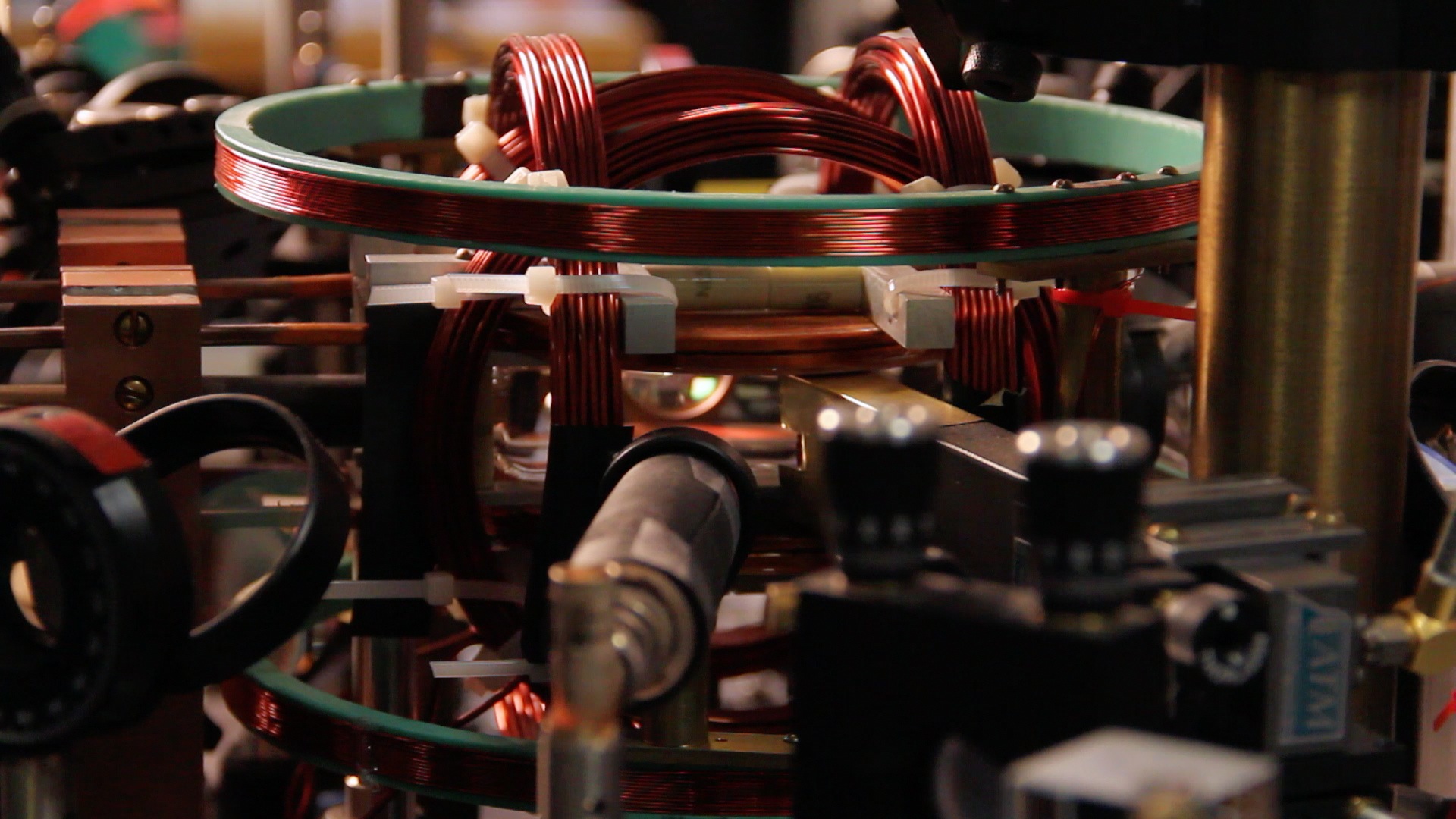May 17, 2017
The new study provided a surprise: the quantum monopole decays into another analogue of the magnetic monopole. The obtained fundamental understanding of monopole dynamics may help in the future to build even closer analogues of the magnetic monopoles.
Unlike usual magnets, magnetic monopoles are elementary particles that have only a south or a north magnetic pole, but not both. They have been theoretically predicted to exist, but no convincing experimental observations have been reported. Thus physicists are busy looking for analogue objects.
– In 2014, we experimentally realized a Dirac monopole, that is, Paul Dirac’s 80-year-old theory where he originally considered charged quantum particles interacting with a magnetic monopole, says Professor David Hall from Amherst College.
– And in 2015, we created real quantum monopoles, adds Dr. Mikko Möttönen from Aalto University.
Whereas the Dirac monopole experiment simulates the motion of a charged particle in the vicinity of a monopolar magnetic field, the quantum monopole has a point-like structure in its own field resembling that of the magnetic monopole particle itself.

Artistic view of the decay of a quantum-mechanical monopole into a Dirac monopole.
Credit: Heikka Valja.
From one quantum monopole to another in less than a second
Now the monopole collaboration led by David Hall and Mikko Möttönen has produced an observation of how one of these unique magnetic monopole analogues spontaneously turns into another in less than a second.
– Sounds easy but we actually had to improve the apparatus to make it happen, says Mr. Tuomas Ollikainen who is the first author of the new work.
The scientists start with an extremely dilute gas of rubidium atoms chilled near absolute zero, at which temperature it forms a Bose–Einstein condensate. Subsequently, they prepare the system in a non-magnetized state and ramp an external magnetic-field zero point into the condensate thus creating an isolated quantum monopole. Then they hold the zero point still and wait for the system to gradually magnetize along the spatially varying magnetic field. The resulting destruction of the quantum monopole gives birth to a Dirac monopole.
–I was jumping in the air when I saw for the first time that we get a Dirac monopole from the decay. This discovery nicely ties together the monopoles we have been producing over the years, says Dr. Möttönen.

Experimental side image of the quantum monopole on the left. After 0.2 seconds, the quantum monopole has decayed into the Dirac monopole shown on the right. The different colors represent the direction of the internal magnetic state of the atoms and the brightness corresponds to particle density.
Credit: Tuomas Ollikainen.
Beyond Nobel physics
The quantum monopole is a so-called topological point defect, that is, a single point in space surrounded by a structure in the non-magnetized state of the condensate that cannot be removed by continuous reshaping. Such structures are related to the 2016 Nobel Prize in Physics which was awarded in part for discoveries of topological phase transitions involving quantum whirlpools, or vortices.
–Vortex lines have been studied experimentally in superfluids for decades; monopoles, on the other hand, have been studied experimentally for just a few years, says Prof. Hall.
Although its topology protects the quantum monopole, it can decay since the whole phase of matter changes from non-magnetized to magnetized.

Schematic illustration of the creation process of the quantum monopole. The blue arrows denote the spatially dependent direction of the external magnetic field which is rotationally symmetric about the z axis. The blue ellipse denotes the condensate. (a) The creation process starts with the magnetic field pointing almost up at the condensate. (b) After this the zero point of the field (black dot) is slowly brought into the condensate. (c) When the zero point is at the center of the condensate, the ramp is stopped and the magnetic field is kept still for the decay of the monopole to take place.
Credit: Tuomas Ollikainen.
–No matter how robust an ice sculpture you make, it all flows down the drain when the ice melts, says Mr. Ollikainen.
–For the first time, we observed spontaneously appearing Dirac monopoles and the vortex lines terminating at them, says Dr. Möttönen.
The research article:
T. Ollikainen, K. Tiurev, A. Blinova, W. Lee, D. S. Hall, and M. Möttönen “Experimental realization of a Dirac monopole through the decay of an isolated monopole” Physical Review X 7, 021023 (2017), DOI: 10.1103/PhysRevX.7.021023
Free link: https://journals.aps.org/prx/abstract/10.1103/PhysRevX.7.021023















